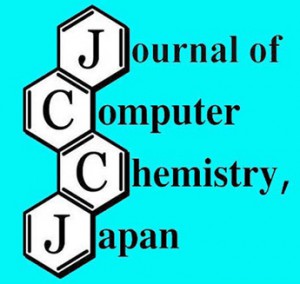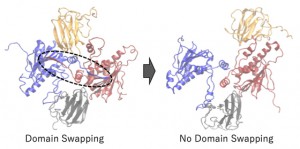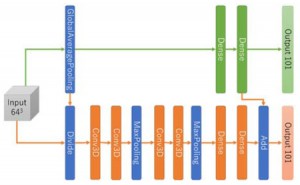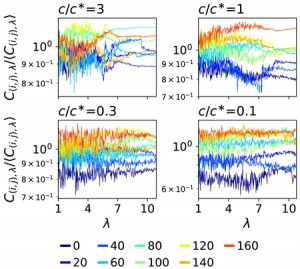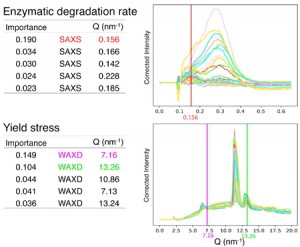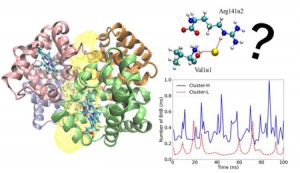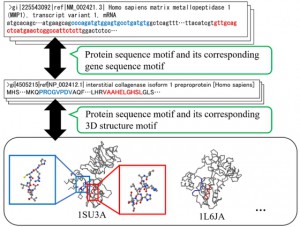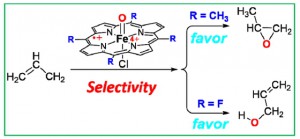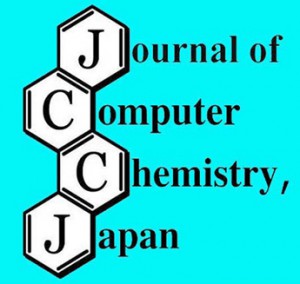[Published online Journal of Computer Chemistry, Japan Vol.20, 119-122, by J-STAGE]
<Title:> DSSC用のトリフェニルアミンドナーベース有機色素におけるベンゾチアジアゾールを補助置換基とした時の効果の解析
<Author(s):> 山崎 直人, 野村 泰志, 森川 大
<Corresponding author E-Mill:> nomuray(at)shinshu-u.ac.jp
<Abstract:> It has been reported that the introduction of a 2, 1, 3-benzothiadiazole (BTD) into an organic dye used in dye sensitized solar cells (DSSC) makes its conversion efficiency improve. In this study, we examine the effects of BTD’s from viewpoints of its number and position, for DSSC with triphenylamine (TPA) as a donor moiety and cyanoacrylic acid (CA) as an acceptor one. And it is found that the best optical response was obtained when only one BTD was introduced on the side of the acceptor moiety.
<Keywords:> Organic dyes, Dye sensitized solar cells, Conjugation order, Optoelectronic properties, Benzothiadiazole
<URL:> https://www.jstage.jst.go.jp/article/jccj/20/3/20_2021-0038/_article/-char/ja/
<Title:> DSSC用のトリフェニルアミンドナーベース有機色素におけるベンゾチアジアゾールを補助置換基とした時の効果の解析
<Author(s):> 山崎 直人, 野村 泰志, 森川 大
<Corresponding author E-Mill:> nomuray(at)shinshu-u.ac.jp
<Abstract:> It has been reported that the introduction of a 2, 1, 3-benzothiadiazole (BTD) into an organic dye used in dye sensitized solar cells (DSSC) makes its conversion efficiency improve. In this study, we examine the effects of BTD’s from viewpoints of its number and position, for DSSC with triphenylamine (TPA) as a donor moiety and cyanoacrylic acid (CA) as an acceptor one. And it is found that the best optical response was obtained when only one BTD was introduced on the side of the acceptor moiety.
<Keywords:> Organic dyes, Dye sensitized solar cells, Conjugation order, Optoelectronic properties, Benzothiadiazole
<URL:> https://www.jstage.jst.go.jp/article/jccj/20/3/20_2021-0038/_article/-char/ja/
